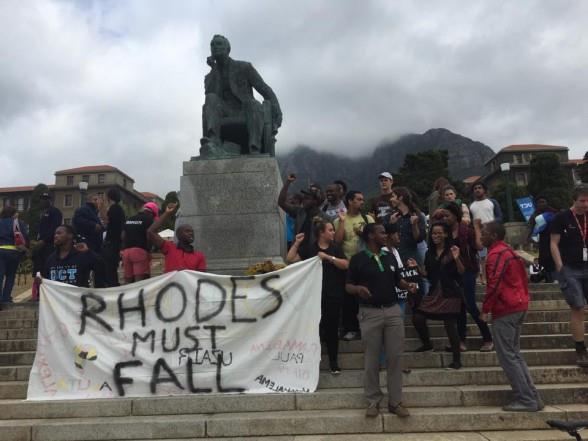
[I've just out this message on facebook. Internet has been scarce up here, but I'm back in Nu'u Sila soon.]
It was a pleasure to give a seminar called 'Tongan Artists and New Zealand Themes' at the 'Atenisi Institute in Nuku'alofa last Monday night. Using 'Atenisi's new and startlingly sophisticated projection system, I was able to juxtapose the paintings of Colin McCahon and Visesio Siasau, and to flash between dendroglyphs carved centuries ago on the Chatham Islands and the equally astonishing murals that Benjamin Work has more recently left on the walls of Auckland.
The fifty or so people who attended the seminar included a set of Mormon elders, who wore identical white shirts and arrived in a small bus. They played happily with my kids, and showed commendable tolerance in sitting through my discussions of Siasau's neo-pagan sculptures of crucified Polynesian gods.
After my talk and a question and answer session, one of the Mormons stood up and gave an impromptu blessing that soon morphed into an impromptu sermon. The sermoniser explained that he was a nephew of Futa Helu, the legendary educationalist, philosopher, and pro-democracy activist who founded 'Atenisi. He denounced the notion that Futa was an 'atheist', insisting that his uncle was a 'man of god' who would have been very happy to get on the Mormon bus, were he alive today.
I didn't know Futa Helu personally, but I have read many of his English-language writings and have watched clips of a number of his public speeches. If Futa was a Christian, then he seems to have done a thorough job of hiding the fact. In a speech at a graduation ceremony that was reproduced in Tongan Ark, Paul Janman's documentary film about 'Atenisi, Chancellor Helu asked his audience to consider the gods of ancient Egypt and Iraq, who were once feared and revered but are now almost forgotten. Today's gods, he suggested, are also doomed to die, as the world and the universe continue to change. In one of the essays he collected into a book called Critical Essays: Cultural Perspectives from the South Seas, Helu argued that Tongans easily adopted Christianity in the nineteenth century because the new faith had the same authoritarian and anti-intellectual qualities as their old pagan religion. Like the old religion, the lotu of Siasi could, Helu argued, be used to justify the rule of chiefs and kings and keep commoners meek.
Both the claim that the Christian faith is doomed to eventual extinction and the argument that there is an essential continuity between Christianity and Tongan paganism are completely incompatible with the teachings of Mormons and of every other Christian sect in Tonga. The kingdom's churches affirm the eternal truth and inevitable triumph of Christ's message, and insist that Christ is different and superior to old Tongan gods like Tangaloa and Hikule'o. I can't see, then, that Futa's nephew has much hope of claiming him for Christianity. I think that he ought to be able to be proud of his uncle and nonetheless disagree with the man's views on religions. We are not obliged to agree with our friends and our families about every or even most subjects.
Futa Helu was a man who believed in and practiced critical thinking. He denied that any idea or individual was beyond criticism, believed that everyone had the right to think and argue freely, and was famous for giving as much attention to the opinions of the small children who followed him around 'Atenisi as those of visiting palangi academics or the king of Tonga. I'm sure that Futa Helu would have been happy to listen respectfully to his nephew's arguments in favour of Mormonism, and that he'd be able to find some merits in the faith and in its followers. I suspect that, like me, Futa would have immense admiration for the brass band of the Mormon high school Liahona, whose members honk and dance their way down Nuku'alofa's main street every year in front of cheering crowds. Futa would surely also appreciate the role that the Mormon church has played in allowing Tongans to emigrate to the United States in general, and Salt Lake City in particular, and secure vital jobs and scholarships there.
But I think that Futa Helu, like virtually every other scholar of the Pacific, would be very critical of the view of Polynesian history that is still advanced by many propagandists for the Mormon church and still believed by many of the church's members. The Mormon insistence that Polynesians came to the Pacific from the Americans, and came to the Americas from the Middle East, where they were one of the lost tribes of Israel, is contradicted by archaeological, genetic, and linguistic evidence, and has done considerable damage to popular understandings of the past in societies like Tonga. I regret not having time to raise the Mormon theory of Polynesian history at 'Atenisi on Monday, and I think that, in the spirit of critical thinking, it would be good to see a debate about the subject at 'Atenisi in the future. I had an online debate with a group of Tongan Mormons about their version of Pacific history a couple of years. I posted the debate to my blog
here.










